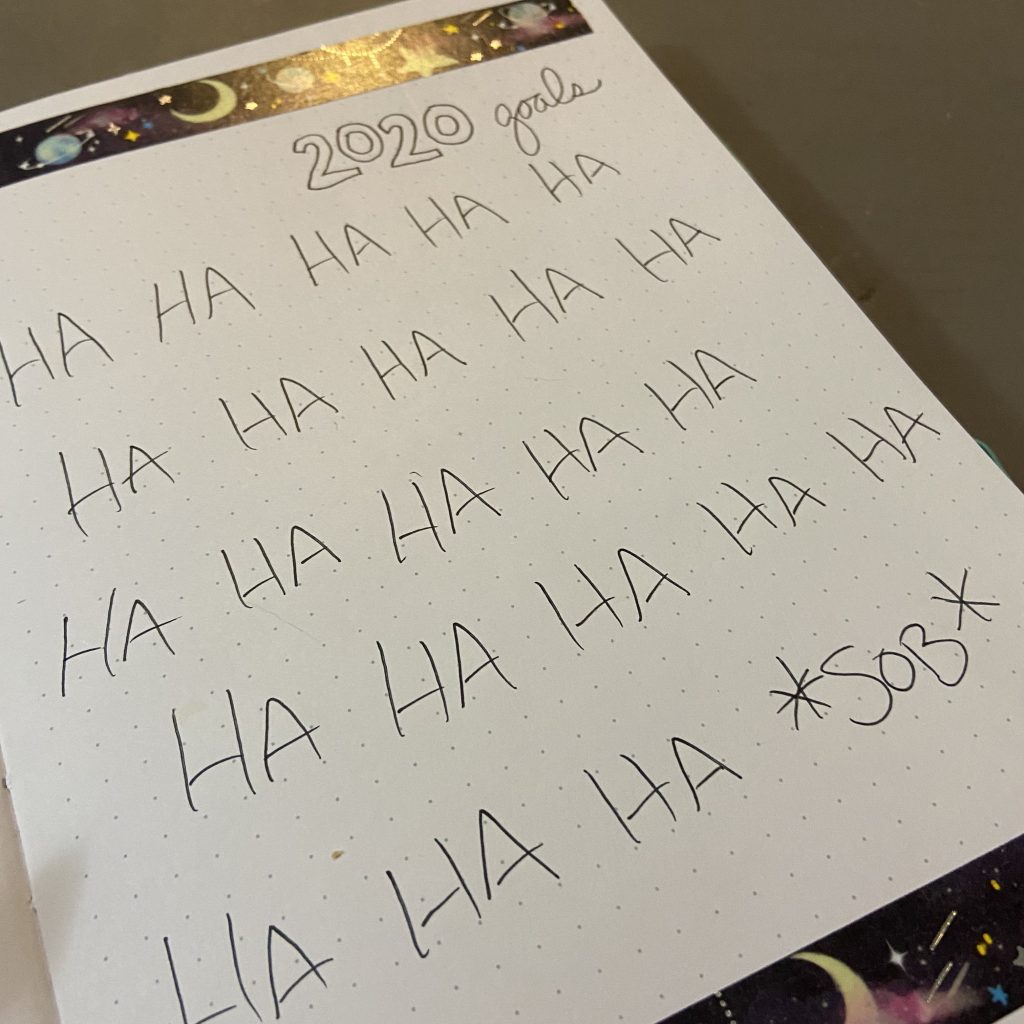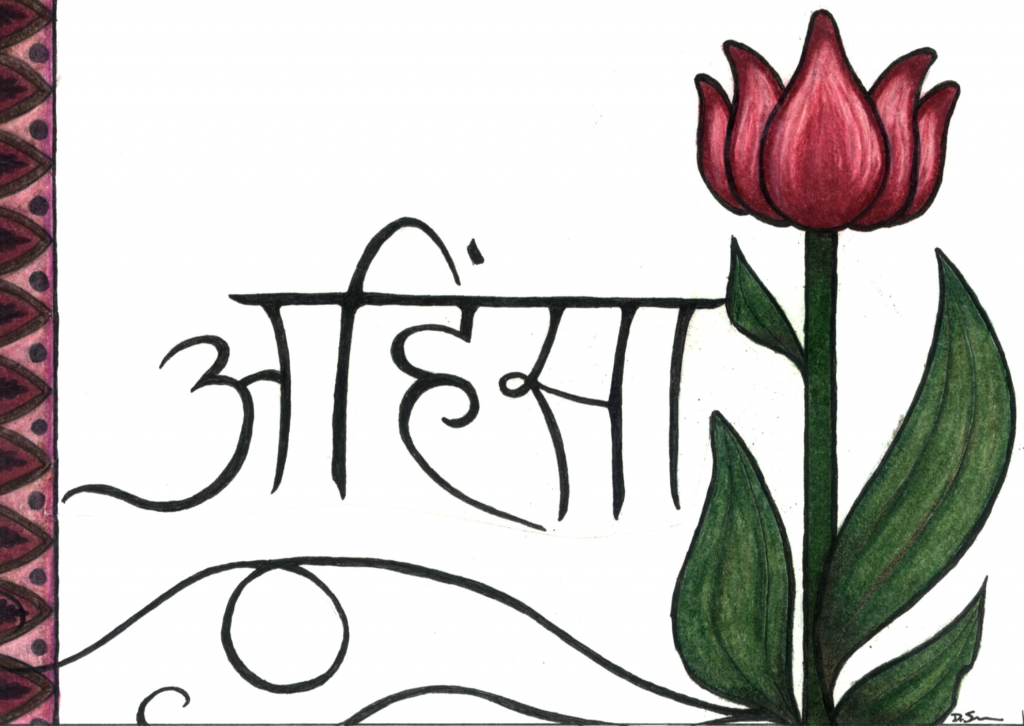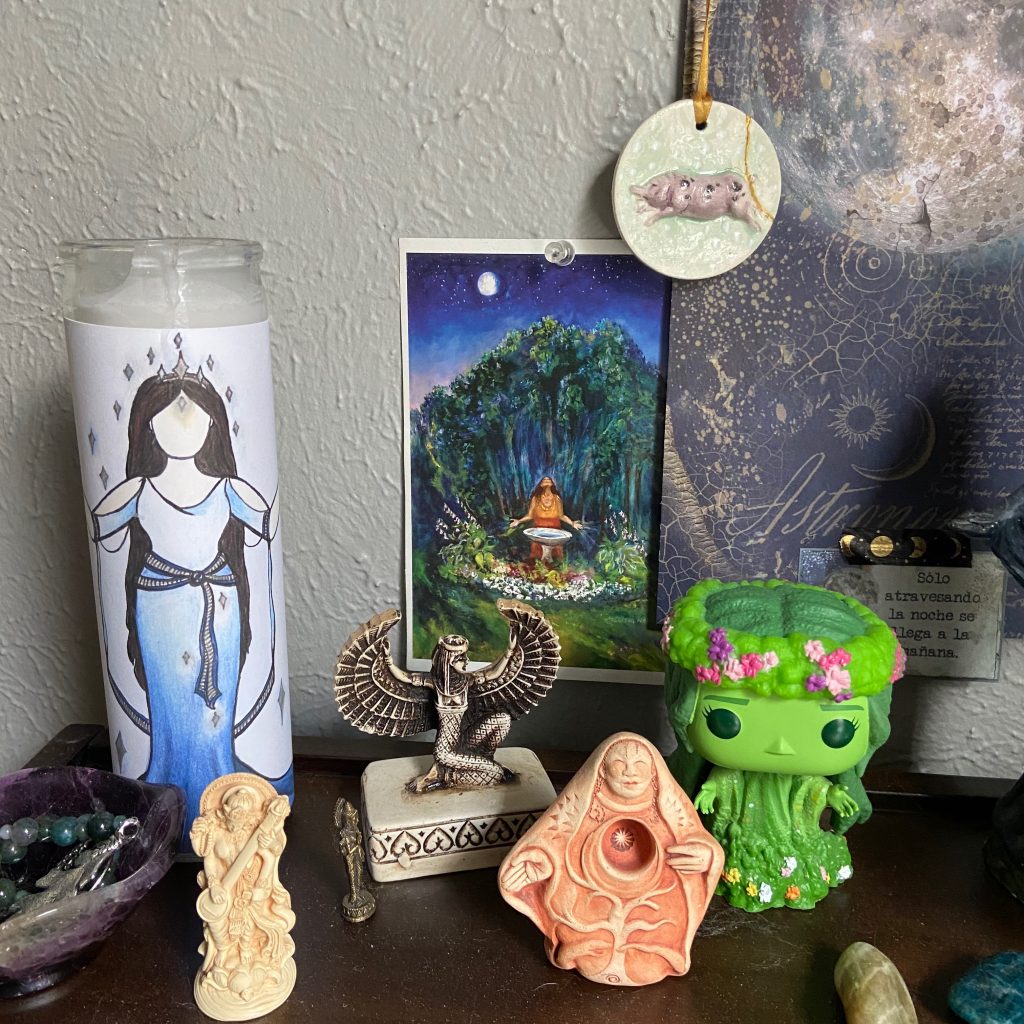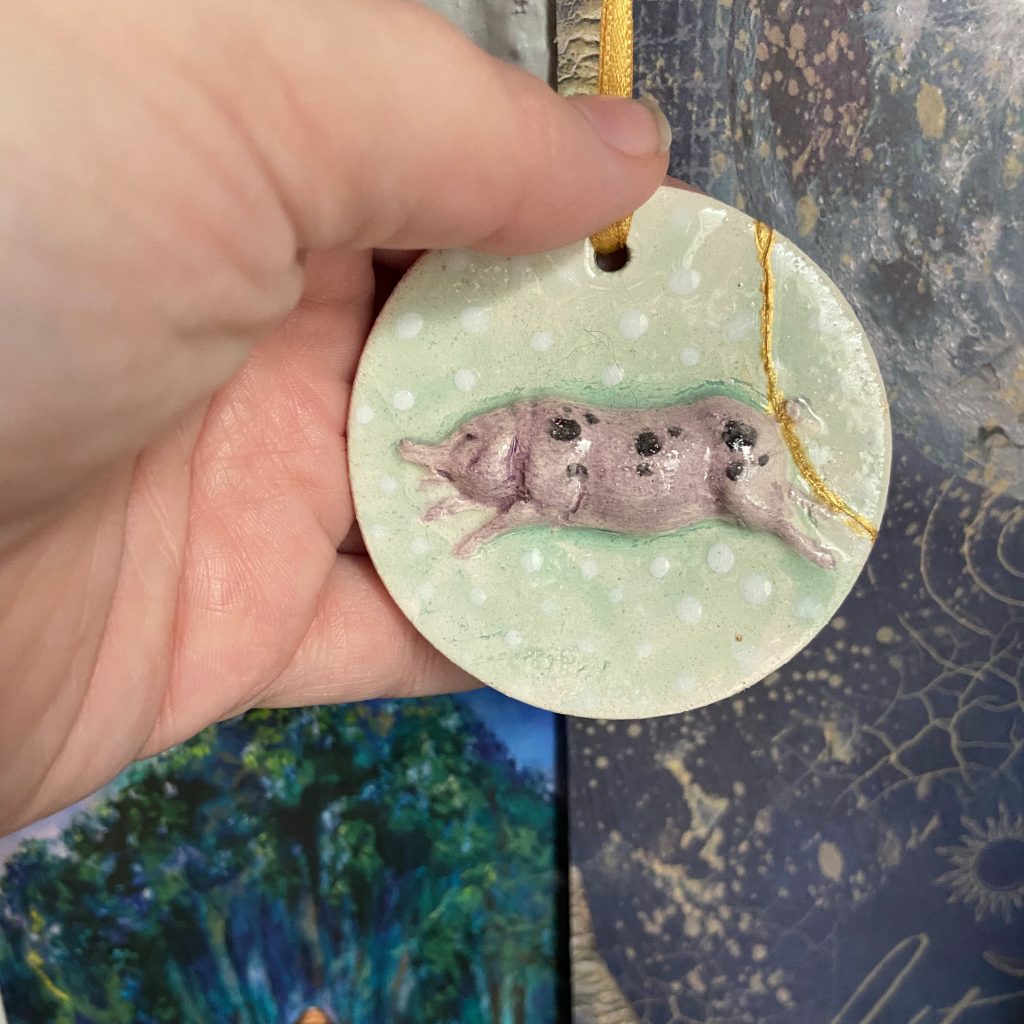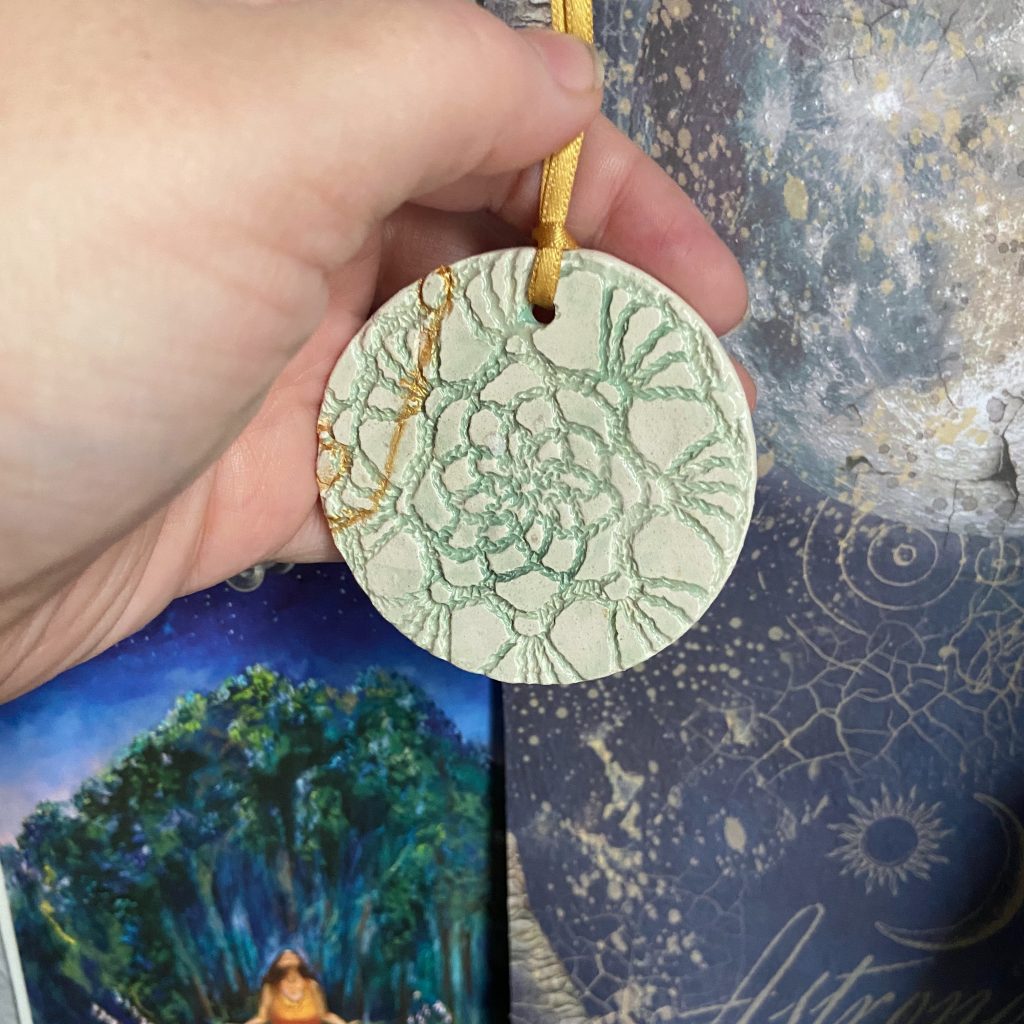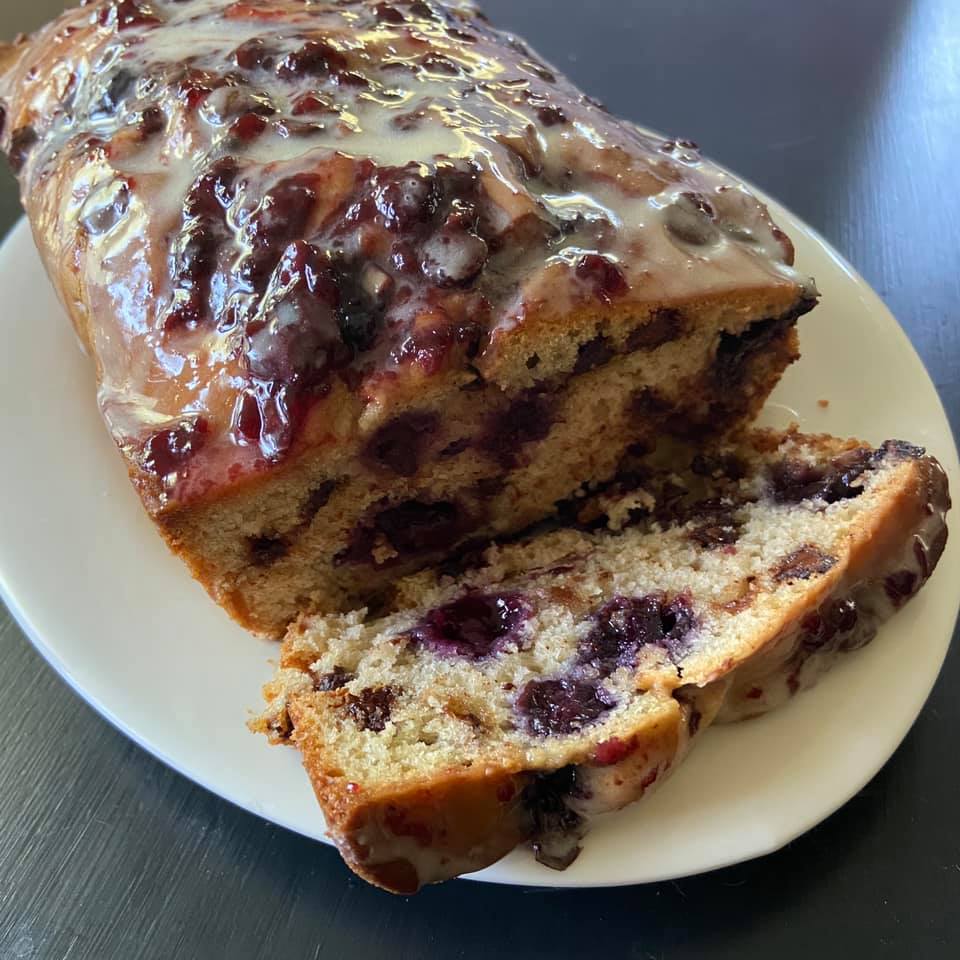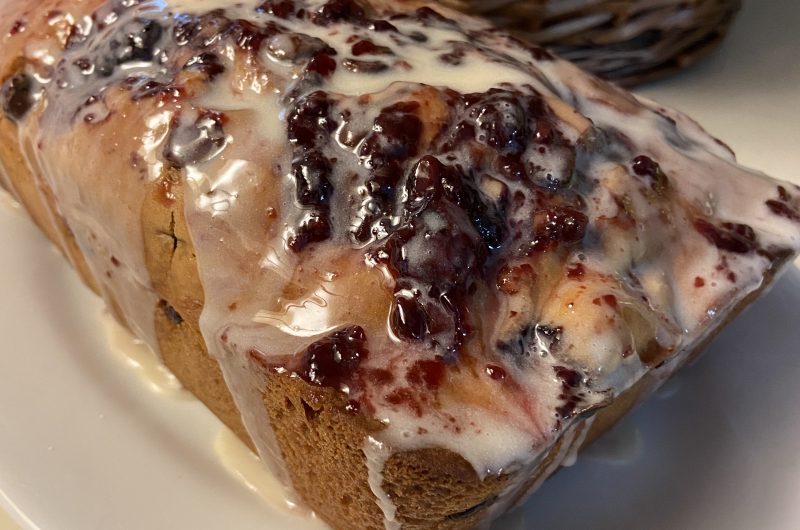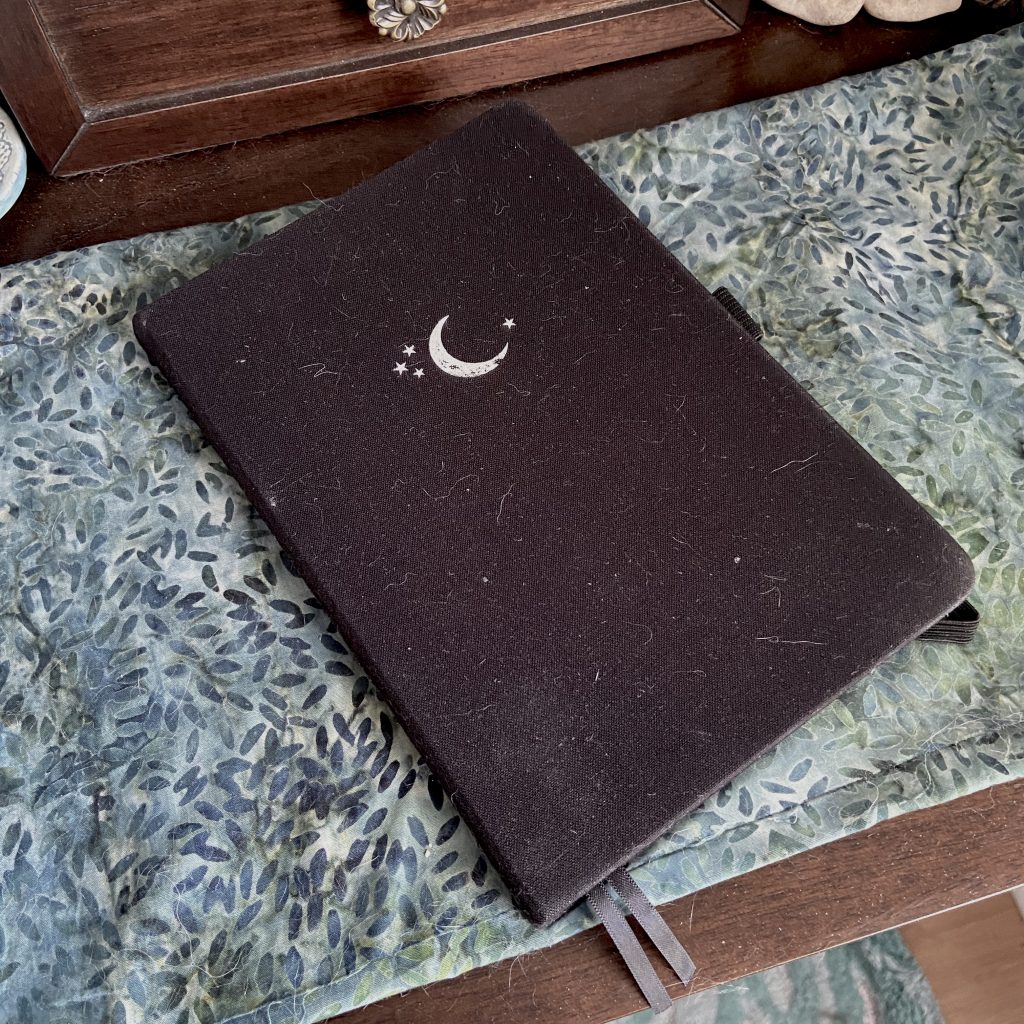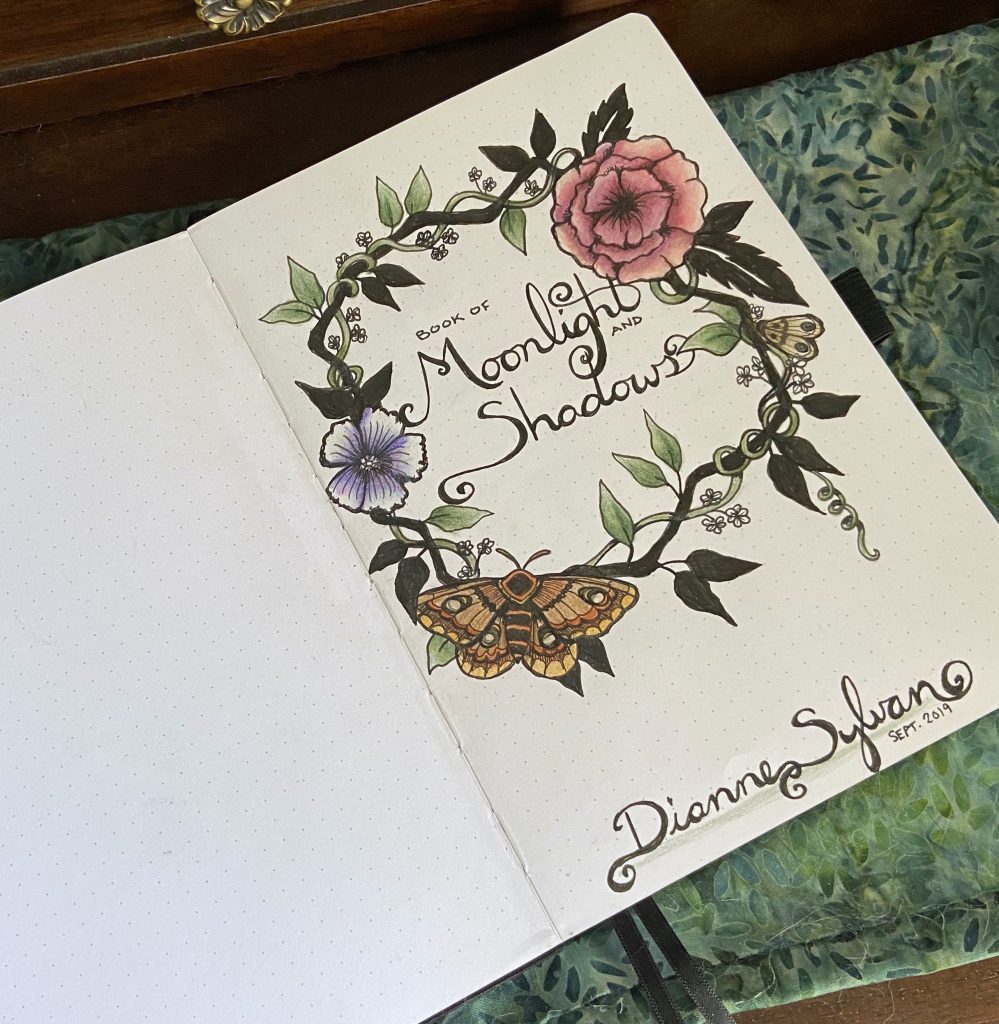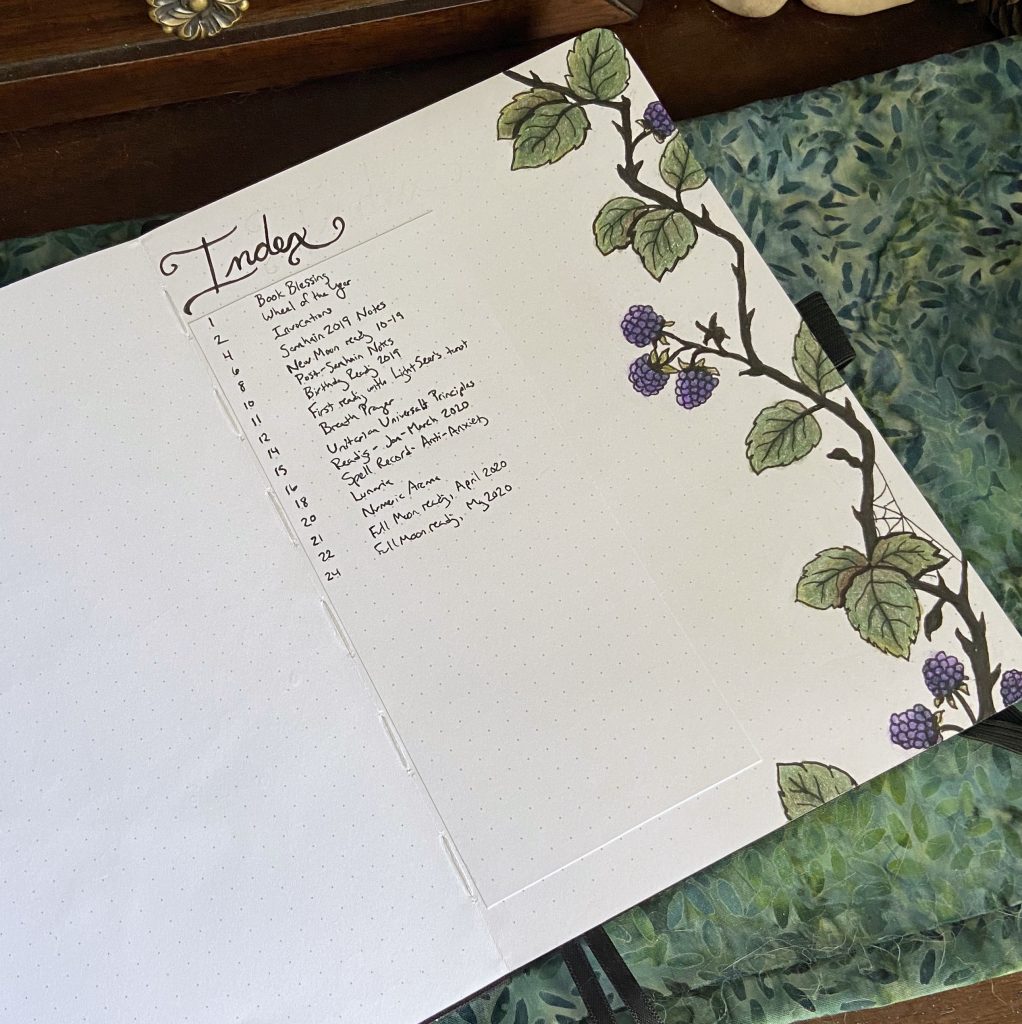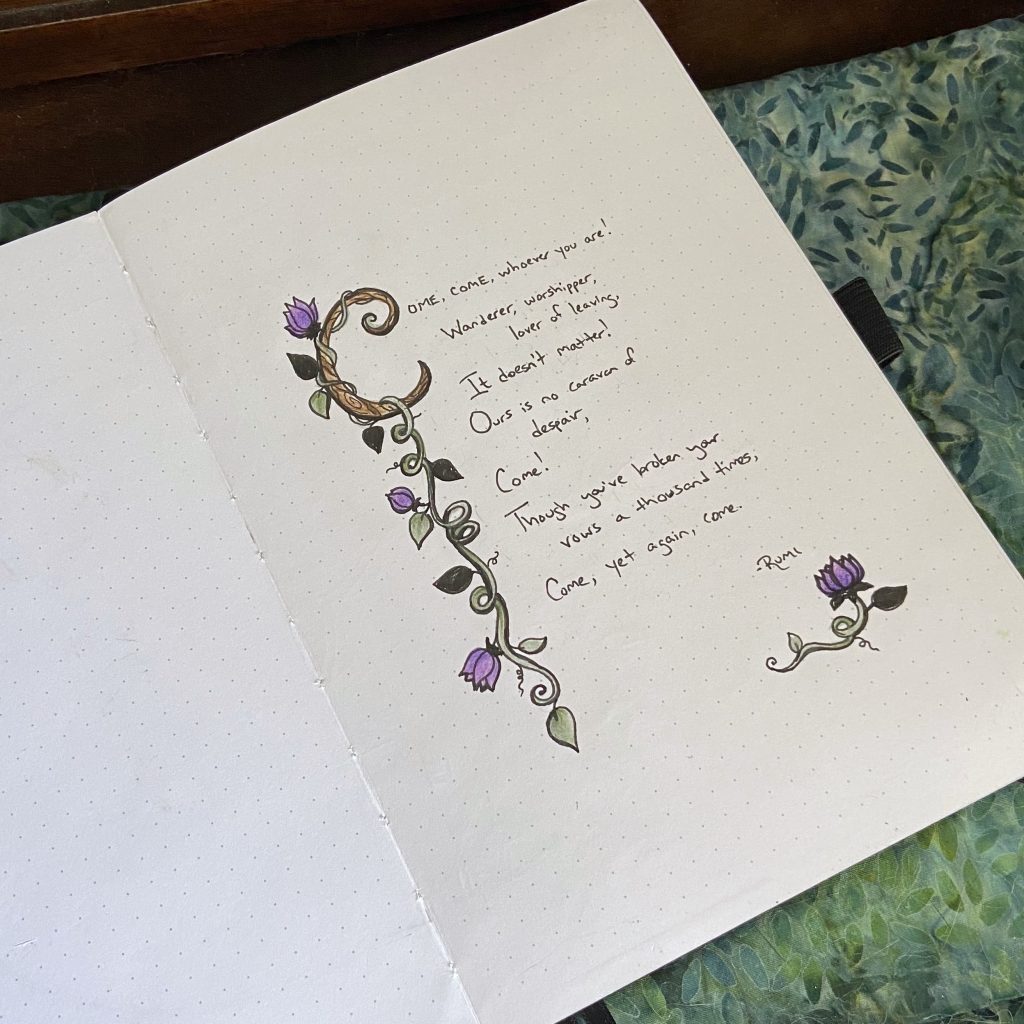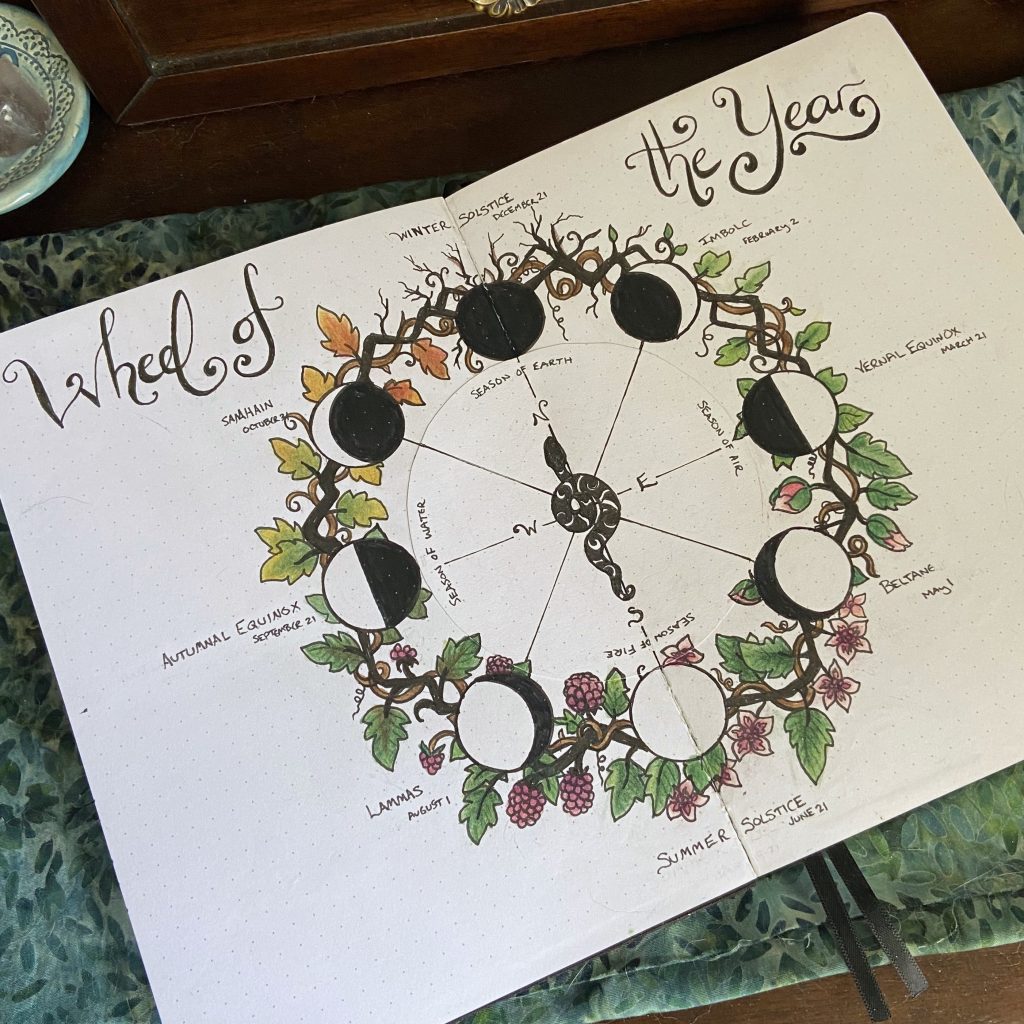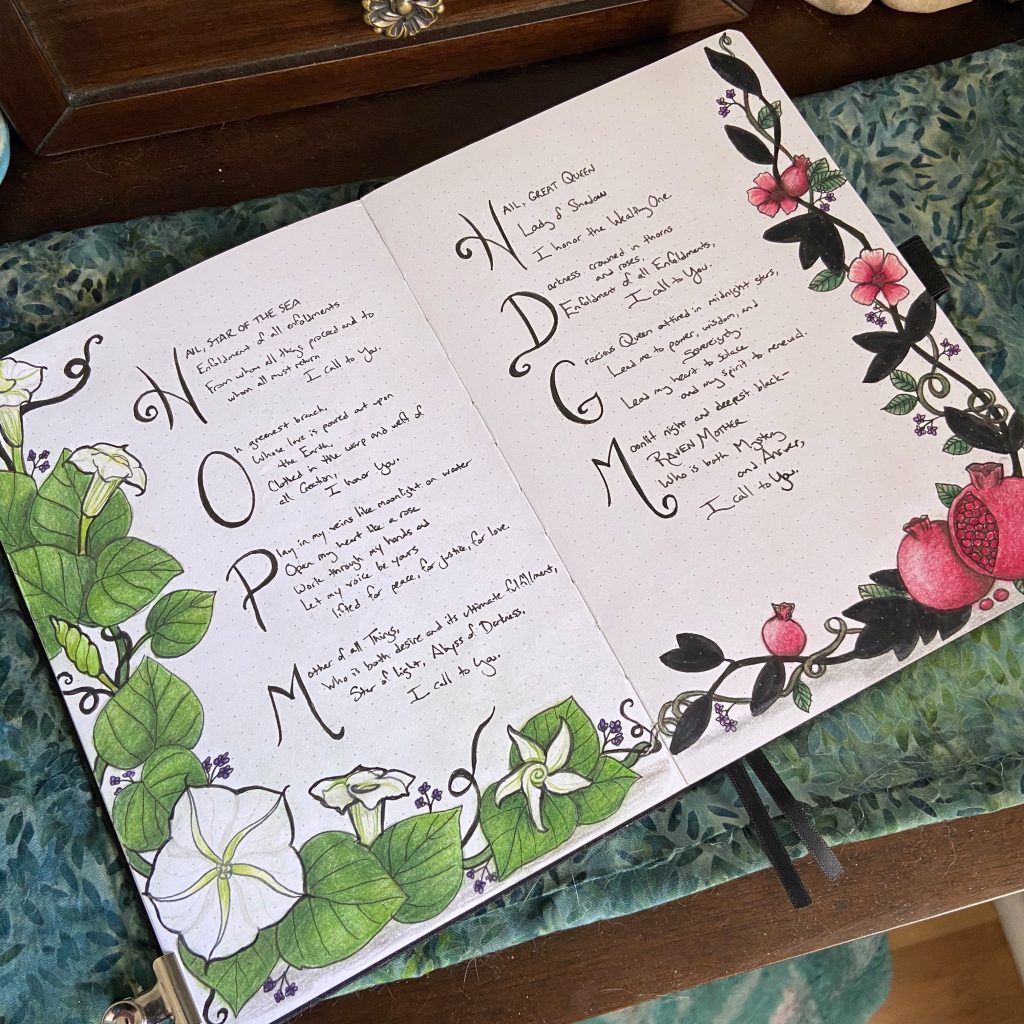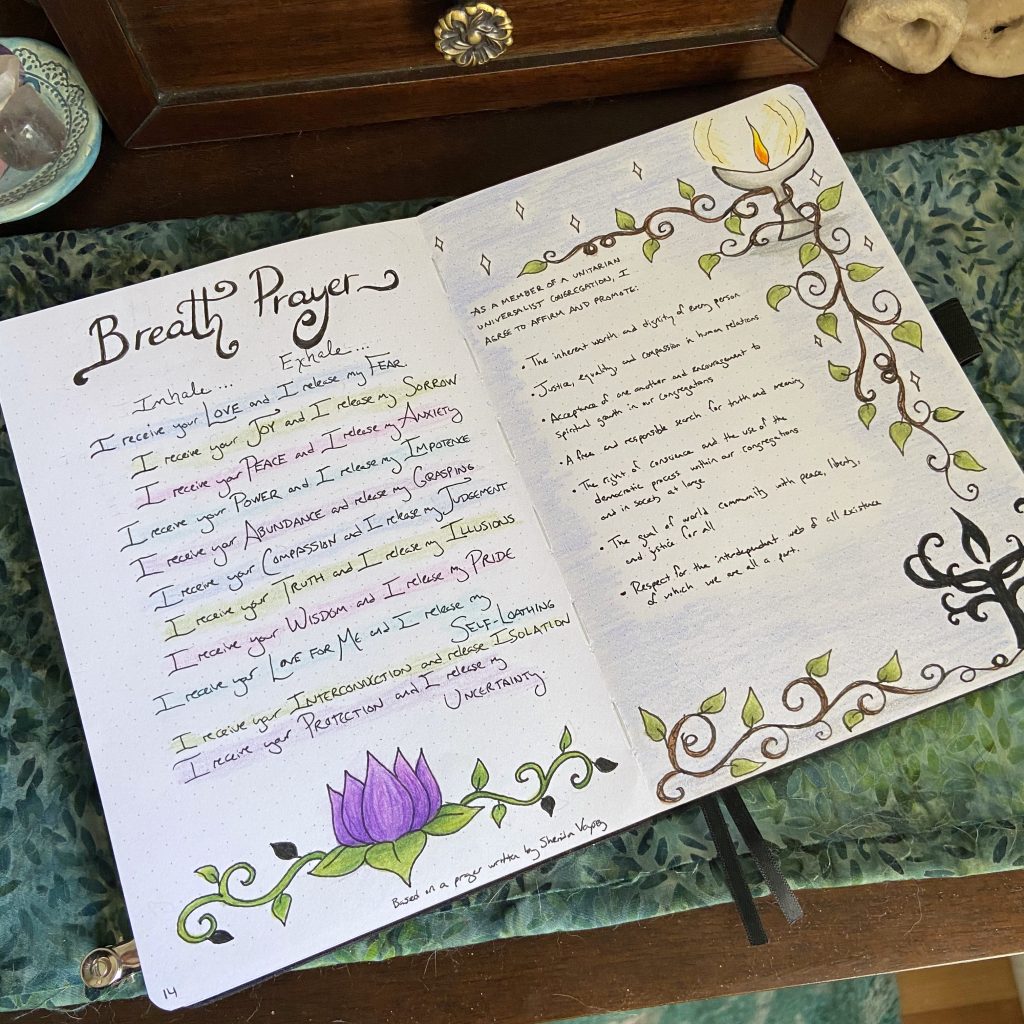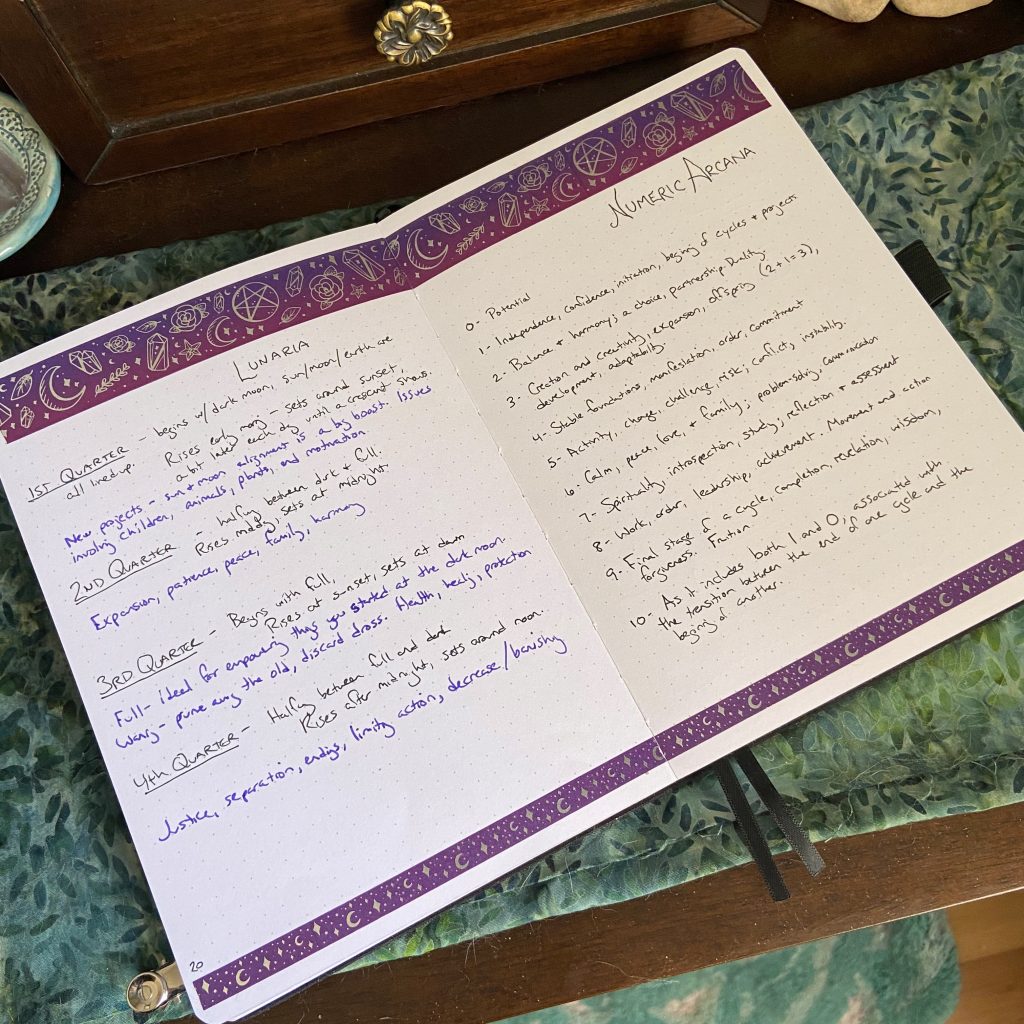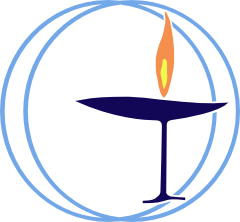
When I tell people I’ve joined a church, they tend to stare at me like I’ve sprouted a second head. After I clarify “It’s a Unitarian Universalist church,” I get one of two responses most often: 1) Relief that they didn’t miss the part where I converted to Christianity (then worry that this has indeed happened out of the clear blue nowhere) or 2) “So are you still a Pagan? What does that make you now?” If they really want to know, I tell them what I’m telling you:
I consider myself a Pagan Unitarian Universalist Witch.
The order of the words there is important to me. “Pagan” represents the inner circle of my spiritual identity, my actual beliefs about Deity and religion. The outer circle is UU, how I come together in community with people whose beliefs lead them to the same conclusions about right, wrong, equality, and justice that mine do. Everyone in that community has their own inner circle but we all connect through the outer.
I like the feel of landing on the word “Witch” last, as the art and craft of causing change at an energetic level, using symbology and the power of imagination, is a way that I bring both the inner and outer circles into manifest reality.
The thing is, I’m not a protester. I’m never going to march in the streets or risk being tasered or make phone calls. I have social anxiety around all those things that I find insurmountable – and for a long time it made me feel inadequate as a “social justice warrior” (an epithet I accept with pride), but I finally realized something important:
The world needs all the help it can get, in as many forms as it can come. It needs letter writers and sign carriers and megaphone shouters and barricade breakers and advocates of all stripes. It needs writers and artists. It needs introverts and extroverts. Administrators, organizers, workers within and outside systems. It needs bake sales and pamphlets and prayer and divine light and sweat and all-night planning sessions.
And it needs Witches. I view magic as a sacred tool that doesn’t take the place of other forms of action but augments it and can often tip the scales in subtle (and not so subtle) ways. I can do magic to help draw attention to a cause and attract the right people to help. I can push for greater kindness and compassion as well as nourish them in myself using magic and prayer. And by joining a UU church, I can find new ways to use my other talents and aptitudes.
As a UU I come into contact with all sorts of people that I wouldn’t have just practicing on my own, and that means I learn from them how to be a more effective change-bringer, and they learn from me as well. Community is kind of a nice thing to have, even when you’re largely a loner like myself. I love the opportunity to choose to enter into relationships with some of the coolest people I can imagine knowing.
Pagans are often very inwardly focused – most modern spirituality movements are, especially the nuttier the rest of the world becomes. In the face of so much we can’t control, practices like Witchcraft give us some sense of captaining our own fates. We focus on becoming happier and better people, which is a wonderful goal to have; but I think many of us forget to extend those vibes beyond our own Circles, or don’t realize that they can help other people besides ourselves.
The inner work is very important to me – coming into an authentic expression of life and manifesting change in myself and my own little world means I have more to offer “out there.” But adding my own skills to a congregation of people who may not have the same beliefs or traditions but have many of the same goals for social change makes my efforts ten times more effective.
I often feel overwhelmed by the enormity of wrong that my beliefs compel me to make right; but being able to work with others reminds me it’s not all my responsibility. In fact, community is going to be what saves us if anything does – the ability to come together and find solutions. It’s way easier to topple an ivory tower when you’ve got 100 others pushing with you.
In this way those three segments of my identity come together to work as a whole. There is of course one more very important aspect to my me-ness – veganism – but it’s not a separate aspect. It informs all of them. I’ll go into this more in future posts, but I consider my vegan practice deeply entwined with my spirituality, which then ripples out through both my relationships with others and the way I manifest change. I feel like all of these things make sense, and work together as a living system, my own particular corner of the Divine Web of all existence.
